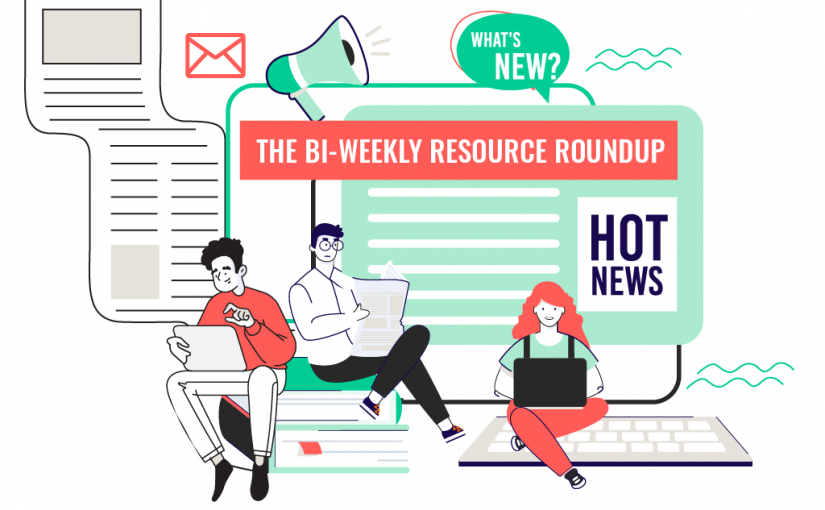The Roman emperor and philosopher Marcus Aurelius once said, “You have the power to strip away many superfluous troubles.” While he was talking about self-reflection and development, his sentiment holds true when it comes to the work day grind. We spend most of our lives working. The rest of it we spend on leisure and sleep. Unless we’re careful, work can cast a terrible shadow over us.
One of the best ways to keep work in its place, and make it more productive, is to keep things simple. No matter how complicated the task or how difficult the job, there’s always a way to do it more precisely. Limiting a job to its bare essentials lets you focus on what’s important.
Simplicity won’t necessarily make a job easier, but it does make it manageable. Getting your mind wrapped around your work puts it in perspective.
There’s no better feeling than knowing you’re equal to the task, and simplicity lets you focus on what you need to do, so here are Eight Surefire Ways To Simplify Your Work Life:
Clean And Organize Your Area

The trite saying, ‘messy area, messy mind’ might be a cliché, but it’s also true. You don’t have to be a neat freak or germophobe, but you can start simplifying your work life by clearing your desk of anything unnecessary to your immediate work. Bring items to your desktop only when you need them. After you’re done, put them away, preferably to a designated spot. You must also clear the area immediately surrounding your desk. If you share an office with others, make it plain you intend to keep your area clutter free. If you have an enclosed office, organize it all. This may take a few hours, or even a few days. Just make sure you do it properly and completely.
Have A Set, Reasonable Number Of Work Hours

Being a workaholic isn’t a virtue. Overtime is okay, but it’s the exception, not the rule. Devote yourself to your time at work, but when it’s over, leave it behind. Believe it or not, successful entrepreneurs know how to be as involved with their playtime as they do with their work. Whether you’re a captain of industry or one of its foot soldiers, set your work hours to a time frame you can manage.
Organize Your Work Flow Order

There is a time for everything. Important jobs should be structured, and even your busy work should be planned. If you have a good work flow, you’ll spend less time developing schedules on the fly. With a logical order, you’ll bring proper resources to the job. You’ll be able to gauge your progress and evaluate your outcomes.
Do Important Tasks First

When you’re organizing your work, start with the most important jobs first. The beginning of your work period is when you have the most energy, creativity and time. Your mind will rest easy knowing you’ve accomplished something of value early. Whether you’re your own boss or have a manager, you’ll feel better during the day knowing the heavy lifting is already done.
Eliminate Nonessential Or Busy Work

We talked earlier about organizing your busy work, but to tell the truth, you should eliminate it. Most mundane tasks can be automated. Let machines and third party services take away that mind sapping tedium. Identify tasks that are repetitive and redundant. Remove anything that doesn’t help your work or lay a foundation for jobs in the future. The time you spend on unnecessary tasks erodes your passion and robs your desire for your job.
Take Real Breaks

This is one of the hardest things to follow when you simplify your work. Other than bathroom and food breaks we’re taught that interrupting our work is laziness. This simply isn’t true. Despite analogies to the contrary, the human mind isn’t a machine. People don’t only need to rest. They also need to recharge. You must get away from your work when it’s time to do so. Only then will you come back fresher and eager for more.
Concentrate On Your Own Job

It’s great to be a team player, but everyone has a job to do. If you’re doing someone else’s job, you’re probably not doing yours very well. Mission creep happens with any work, but don’t let it make your job impossible. Even people who work in isolation fall prey to the trap of overwork. It’s debilitating to do someone else’s job, whether they’re on the other end of a phone or across from you in a cubicle. Learn to focus on your own work, and you’ll find the day goes smoother.
Communicate Quickly and Succinctly

Many people spend too much time over thinking work communication. Meetings don’t have to drag on, and if it takes ten emails to relay an idea, you’ve obviously belabored the point. Don’t let anyone, including yourself, fall in love with the sound of their own voice. Be clear and concise. The simplified work life rewards language that’s strong and plain.


























































